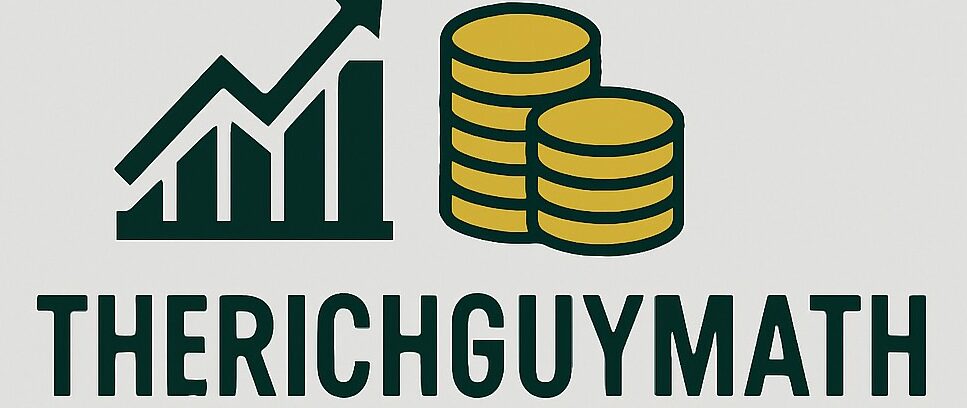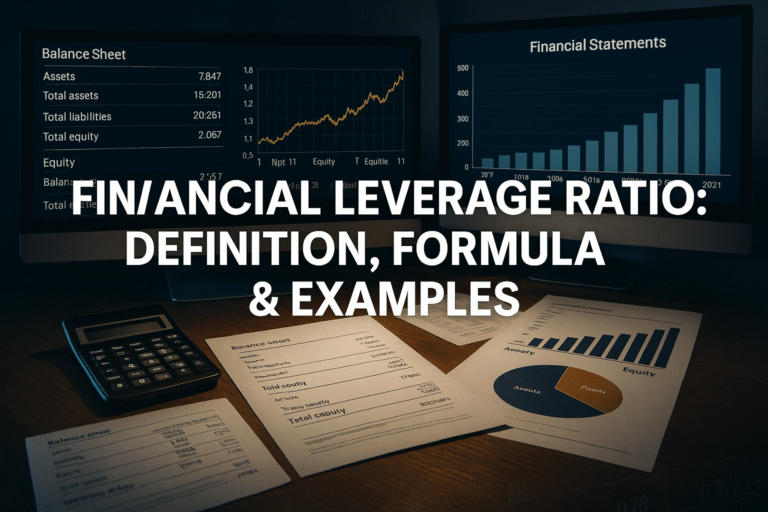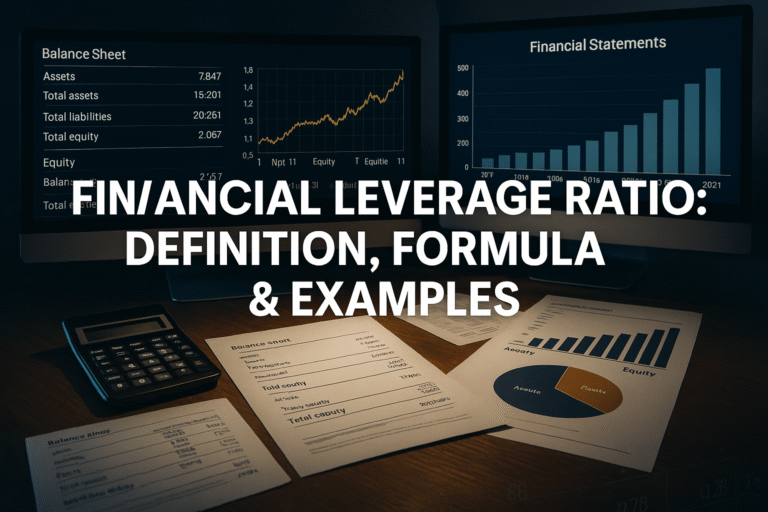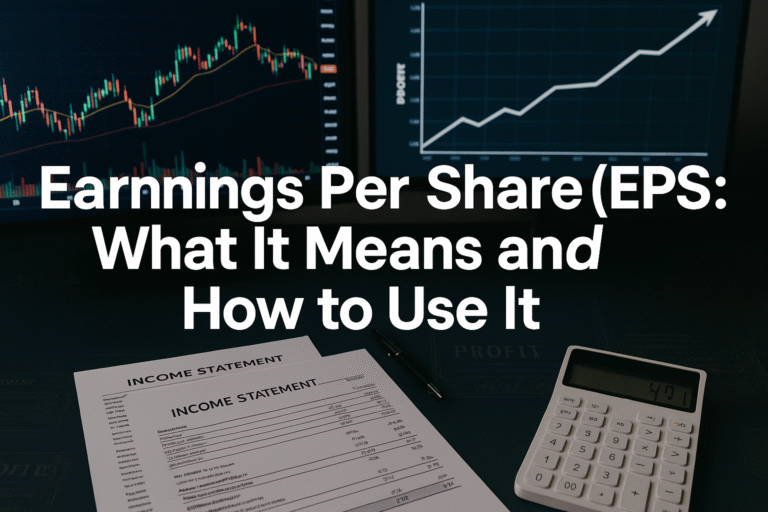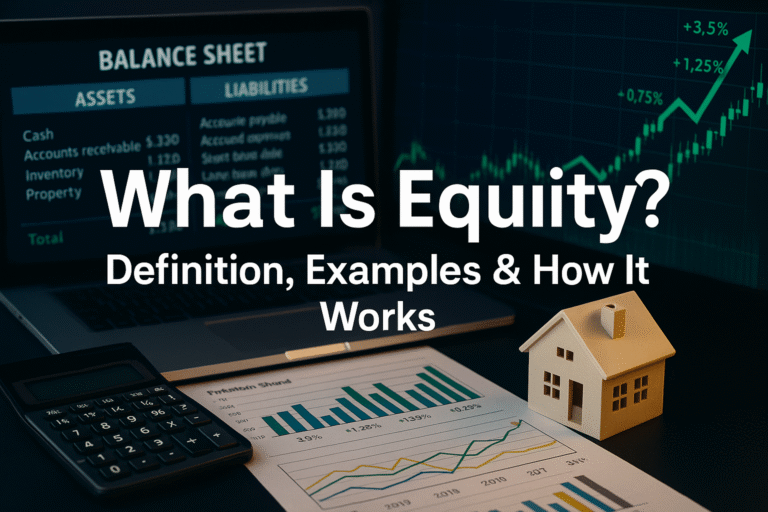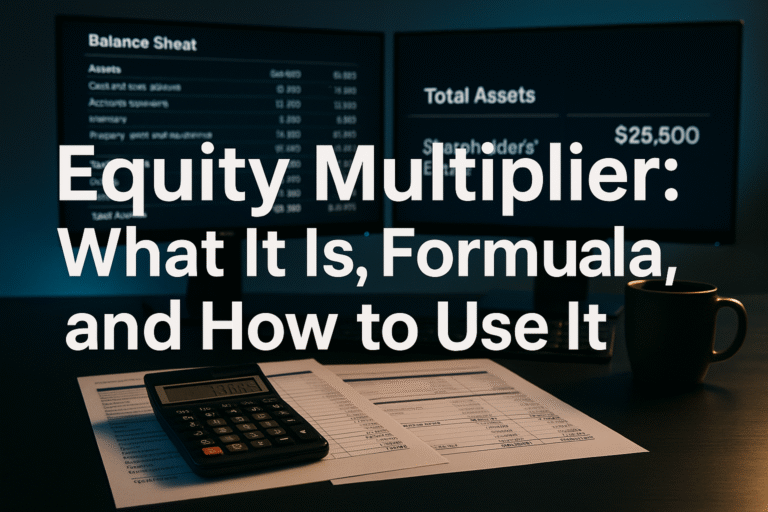Investing for the first time? One of the most common questions new investors ask is: ETFs vs. individual stocks — which is better for beginners? If you’re just starting your investing journey in 2025, you’ve likely asked: Should I invest in ETFs or individual stocks? This decision can shape your financial future.
In this guide, we’ll break down the key differences, benefits, and ideal strategies for anyone starting their investment journey in 2025.
Why This Choice Matters
When you’re starting to invest, the decision between ETFs vs. individual stocks is one of the most important you’ll make. Each option offers unique advantages—and drawbacks—that can impact your ability to build wealth over time.
Quick Summary
| Feature | ETFs | Individual Stocks |
| What It Is | A fund holding many stocks | A share of one company |
| Diversification | ✅ High | ❌ Low |
| Risk Level | ✅ Lower | ❌ Higher |
| Time Required | ✅ Minimal | ❌ Extensive |
| Suitable for Beginners | ✅✅✅ | ✅ (if researched) |
| Potential for Big Returns | ❌ Lower | ✅ Higher |
✅ If you’re just starting out, ETFs offer more safety, less stress, and a smoother learning curve.
You can always mix in a few individual stocks later for added growth.
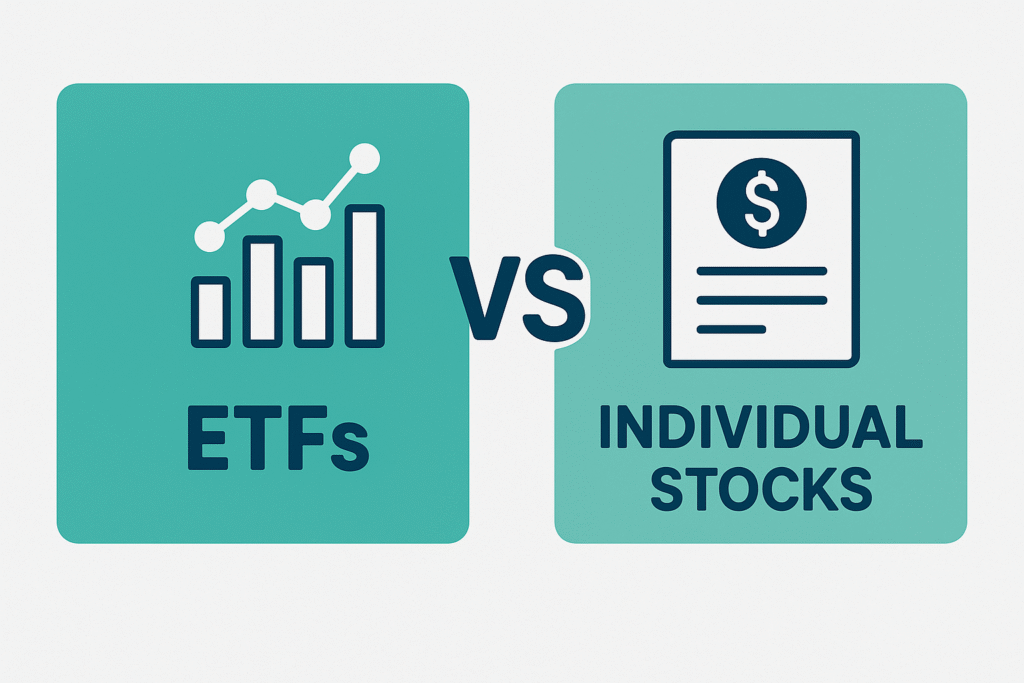
What Are ETFs and Individual Stocks?
What Is an ETF?
An ETF (Exchange-Traded Fund) is a type of investment that holds a collection of assets—often hundreds of stocks or bonds—designed to track an index or sector.
- Think of it as a basket of investments you buy with one click.
- It’s like buying a piece of the entire market.
- Trades on the stock exchange just like a regular stock.
Examples:
- VOO – Follows the S&P 500 (Top 500 U.S. companies)
- VTI – Covers the entire U.S. stock market
- SCHD – Focuses on high-dividend companies
What Is an Individual Stock?
An individual stock represents a single company. You’re investing in the future performance of that specific business.
- When the company grows, so does your investment.
- But if it fails or underperforms, you could lose money.
Examples:
- AAPL = Apple
- TSLA = Tesla
- MSFT = Microsoft
ETFs vs. Individual Stocks: Key Differences
| Feature | ETFs | Individual Stocks |
| Diversification | Includes multiple companies | Focuses on one company |
| Volatility | Generally low | Can be high |
| Risk | Spread out across many assets | Concentrated risk |
| Effort Needed | Passive | Requires analysis |
| Costs | Often low | Varies (fees/taxes) |
| Growth Potential | Steady | High (but risky) |
Pros and Cons of ETFs
Pros:
- Diversification: Reduces risk by spreading across many companies
- Convenience: One investment = entire market exposure
- Lower Fees: Most ETFs have low expense ratios
- Ideal for Passive Investors: Set it and forget it
- Dividends: Many ETFs offer income payouts
Cons:
- Limited Upside: You won’t “hit it big” like a lucky stock pick
- Lack of Control: You can’t choose the individual companies in the fund
Pros and Cons of Individual Stocks
Pros:
- Higher Potential Returns: AAPL, NVDA, and TSLA all made early investors rich
- Control: Pick companies you believe in
- Educational: You’ll learn how markets and businesses work
Cons:
- Higher Risk: One bad earnings report could cost you
- Time-Intensive: Requires research, monitoring, and emotional discipline
- Emotional Decisions: Easy to buy/sell at the wrong time
Benefits of Investing in ETFs
Simplicity and Automation
ETFs are ideal for hands-off investors. You can automate investments monthly and let the market do the work.
Built-In Diversification
Buying one ETF like VOO or VTI gives you access to hundreds of companies in one purchase.
Lower Risk for Beginners
Spreading your investment across sectors helps protect against market downturns in a specific industry.
Benefits of Investing in Individual Stocks
Higher Growth Potential
Picking winning companies like NVIDIA (NVDA) or Apple (AAPL) can lead to massive gains.
Full Control Over Portfolio
You decide which companies to buy, hold, or sell. This control can be a strength if you enjoy research.
Dividend Income Opportunities
Many individual stocks pay regular dividends, offering passive income and reinvestment potential.
Which Is Better for Beginners?
Best Choice: ETFs
If you’re just getting started in 2025, ETFs are the best starting point for three big reasons:
- ✅ Built-in Safety – Spread across hundreds of companies
- ✅ No Research Required – Ideal if you’re busy or unsure
- ✅ Peace of Mind – Lower stress with steady long-term gains
📌 Real-world ETF picks for beginners:
- VTI (entire market)
- SCHD (dividends)
- QQQ (tech growth)
Smart Strategy: Use Both Together
Don’t feel like you have to choose one or the other.
Many investors use a hybrid approach:
Example Beginner Portfolio:
| Portfolio Item | % Allocation | Reason |
| VTI (ETF) | 60% | Market-wide exposure |
| SCHD (ETF) | 20% | Dividend income |
| AAPL (Stock) | 10% | High-growth potential |
| TSLA (Stock) | 10% | Innovation exposure |
This setup balances stability, dividends, and growth in one portfolio.
Real-Life Example: Investing Just $100
You don’t need thousands to start. Here’s a beginner strategy with just $100:
- ✅ $70 in VTI – Wide exposure to U.S. stocks
- ✅ $30 in AAPL – Bet on a top-performing tech company
You’re now:
- Diversified
- Investing in companies you recognize
- Learning by doing
Final Thoughts on ETFs vs. Individual Stocks for New Investors
So, which is better for beginners in 2025?
➡️ For most new investors, ETFs offer a smoother, safer introduction to the stock market.
➡️ As you learn more and build confidence, you can gradually add individual stocks for higher returns and personalization.
Individual stocks can come later—once you’ve learned more and feel ready to take on more risk.
Want to start building wealth the smart way? Combine both and invest consistently. That’s how real investors grow.
Related Reading
- Best ETFs to Buy in 2025
- How to Start Investing with Just $100 in 2025
- Why Index Funds Beat Stock Picking
About The Rich Guy Math
At TheRichGuyMath.com, we make investing easy to understand — so you can take control of your money and build wealth confidently, one decision at a time.
Yes. ETFs offer built-in diversification, reducing the risk of losing money from a single company’s poor performance. This makes them safer and more beginner-friendly.
Absolutely. Many smart investors use a combination of ETFs for long-term stability and individual stocks for potential growth opportunities.
You can start with as little as $1 using fractional shares on platforms like Robinhood or Fidelity. Even $50 or $100 can get you started with a balanced portfolio.
